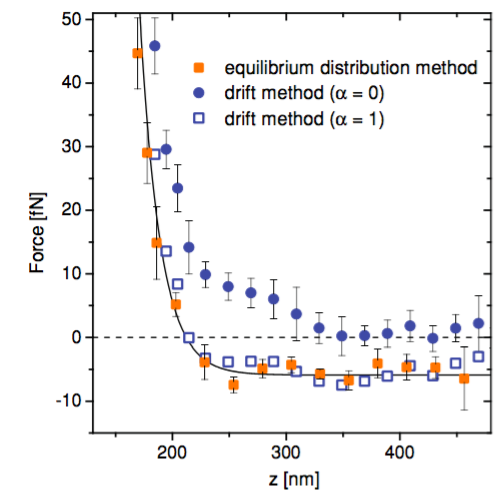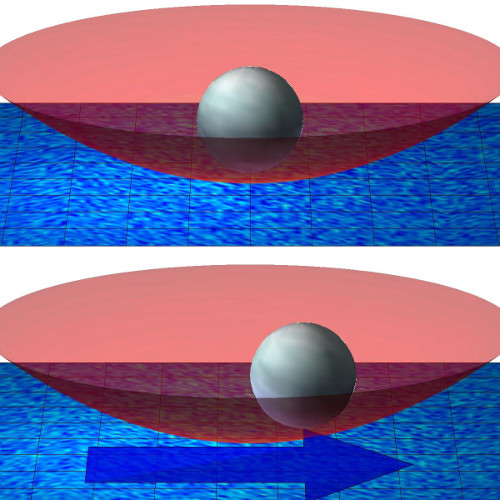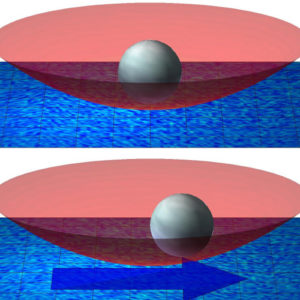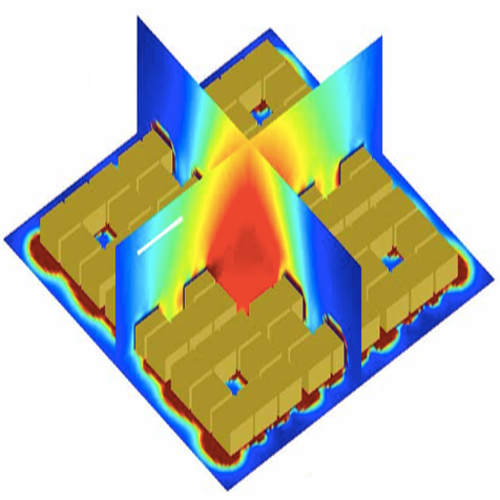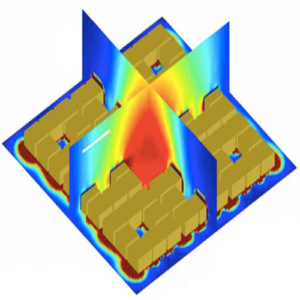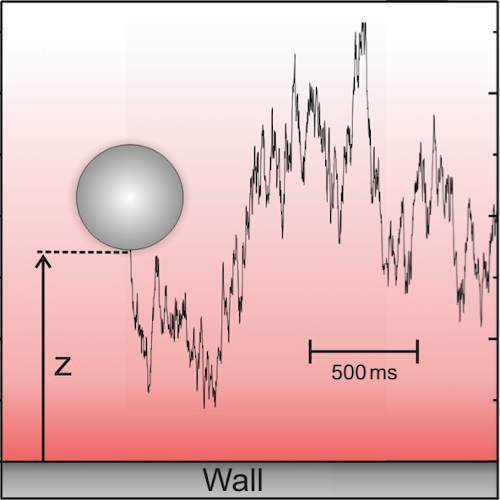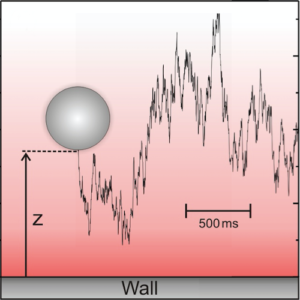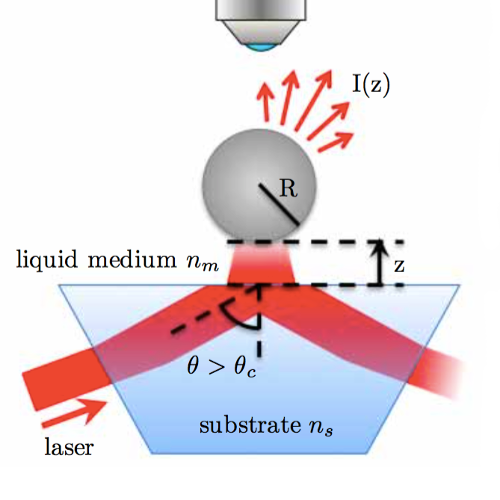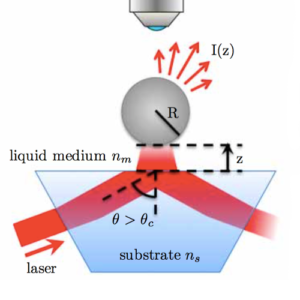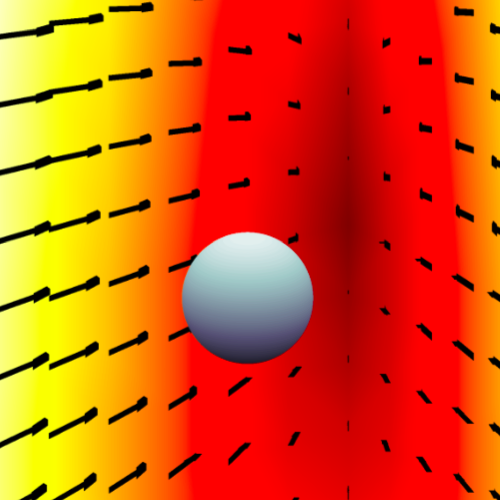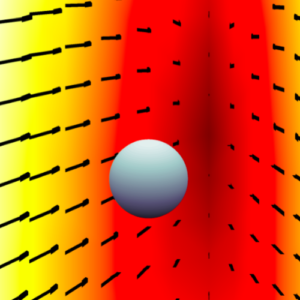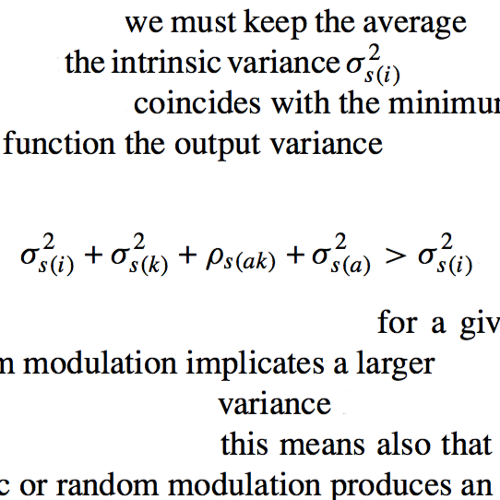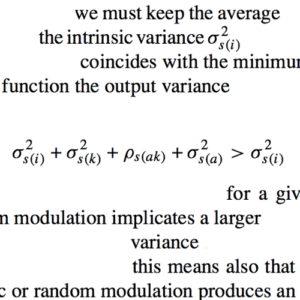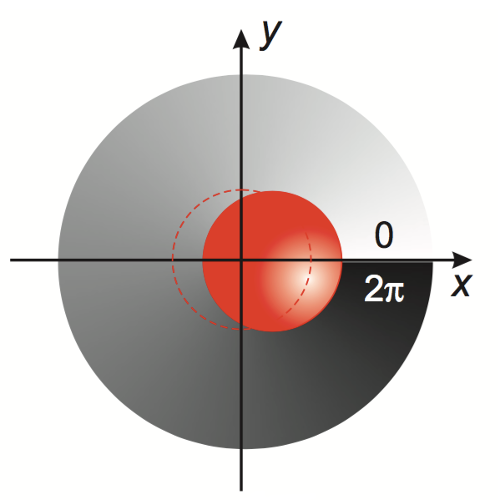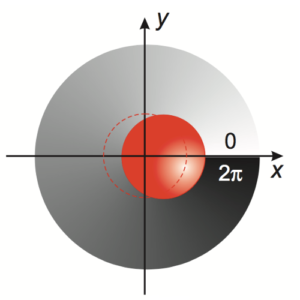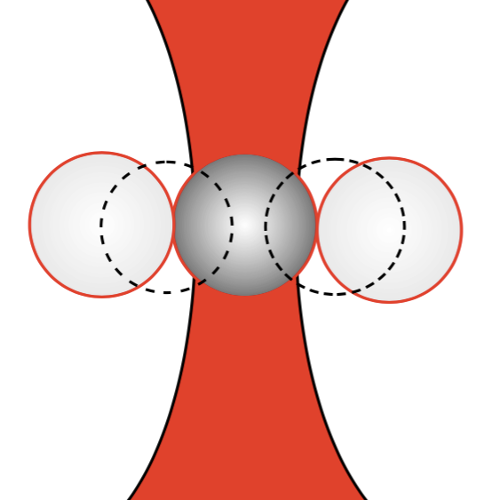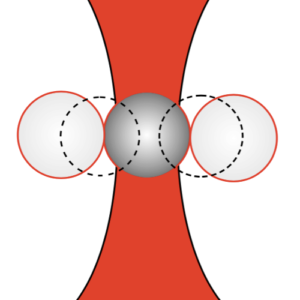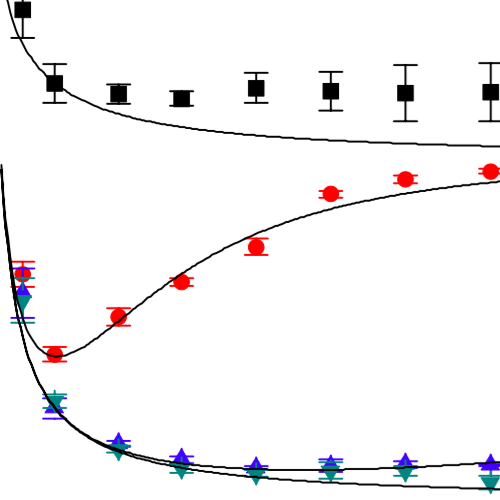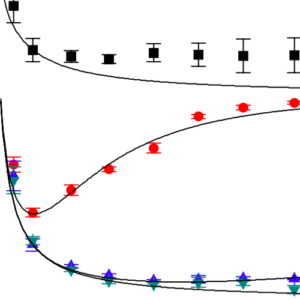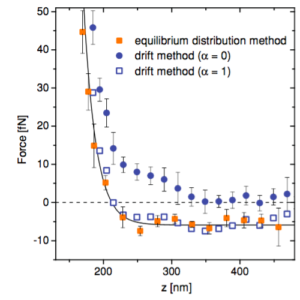
Equilibrium distribution method vs. drift method
Force measurement in the presence of Brownian noise: Equilibrium distribution method vs. drift method
Thomas Brettschneider, Giovanni Volpe, Laurent Helden, Jan Wehr & Clemens Bechinger
Physical Review E 83(4), 041113 (2011)
DOI: 10.1103/PhysRevE.83.041113
arXiv: 1009.2386
The study of microsystems and the development of nanotechnologies require alternative techniques to measure piconewton and femtonewton forces at microscopic and nanoscopic scales. Among the challenges is the need to deal with the ineluctable thermal noise, which, in the typical experimental situation of a spatial diffusion gradient, causes a spurious drift. This leads to a correction term when forces are estimated from drift measurements [G. Volpe, L. Helden, T. Brettschneider, J. Wehr, and C. Bechinger, Phys. Rev. Lett. 104, 170602 (2010)]. Here we provide a systematic study of such an effect by comparing the forces acting on various Brownian particles derived from equilibrium-distribution and drift measurements. We discuss the physical origin of the correction term, its dependence on wall distance and particle radius, and its relation to the convention used to solve the respective stochastic integrals. Such a correction term becomes more significant for smaller particles and is predicted to be on the order of several piconewtons for particles the size of a biomolecule.
